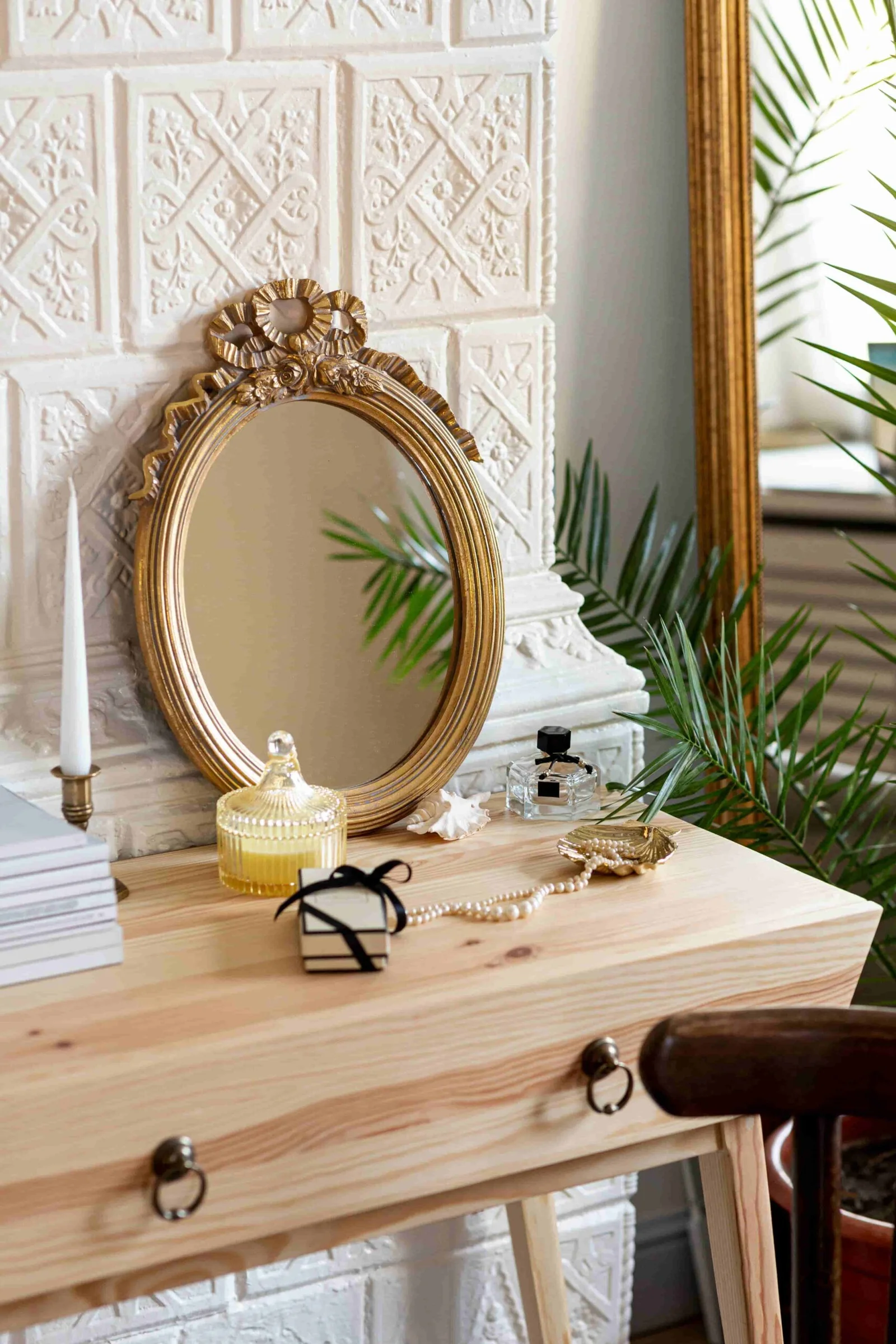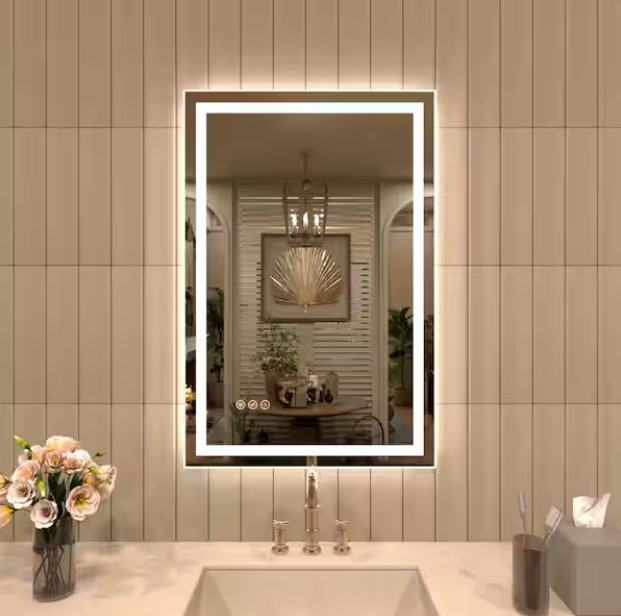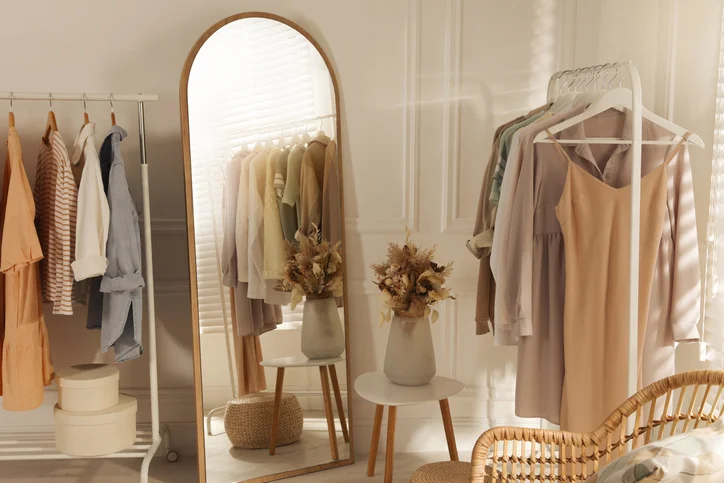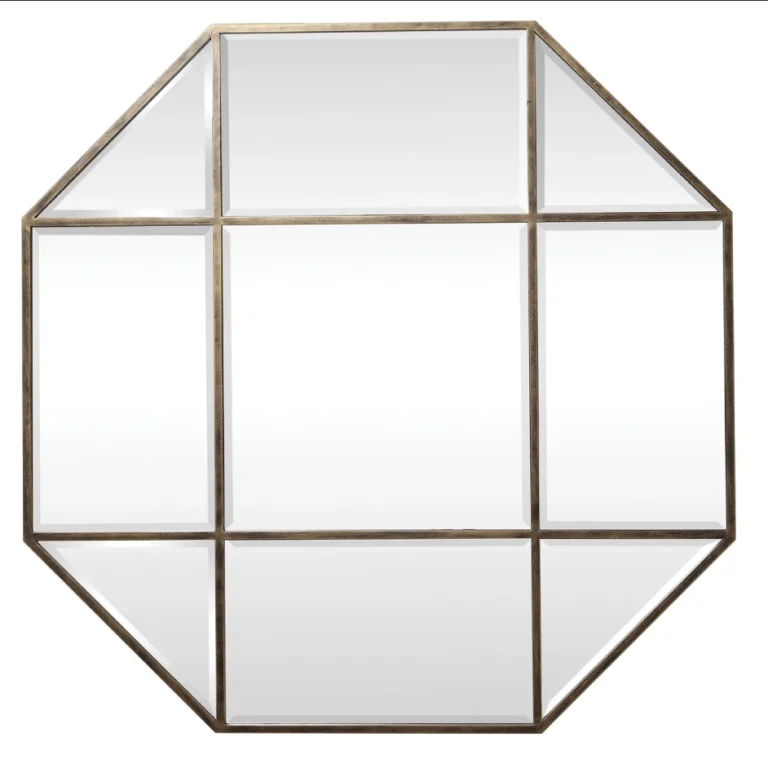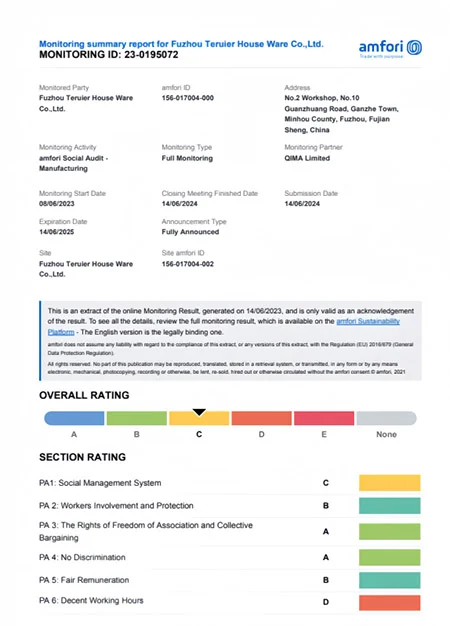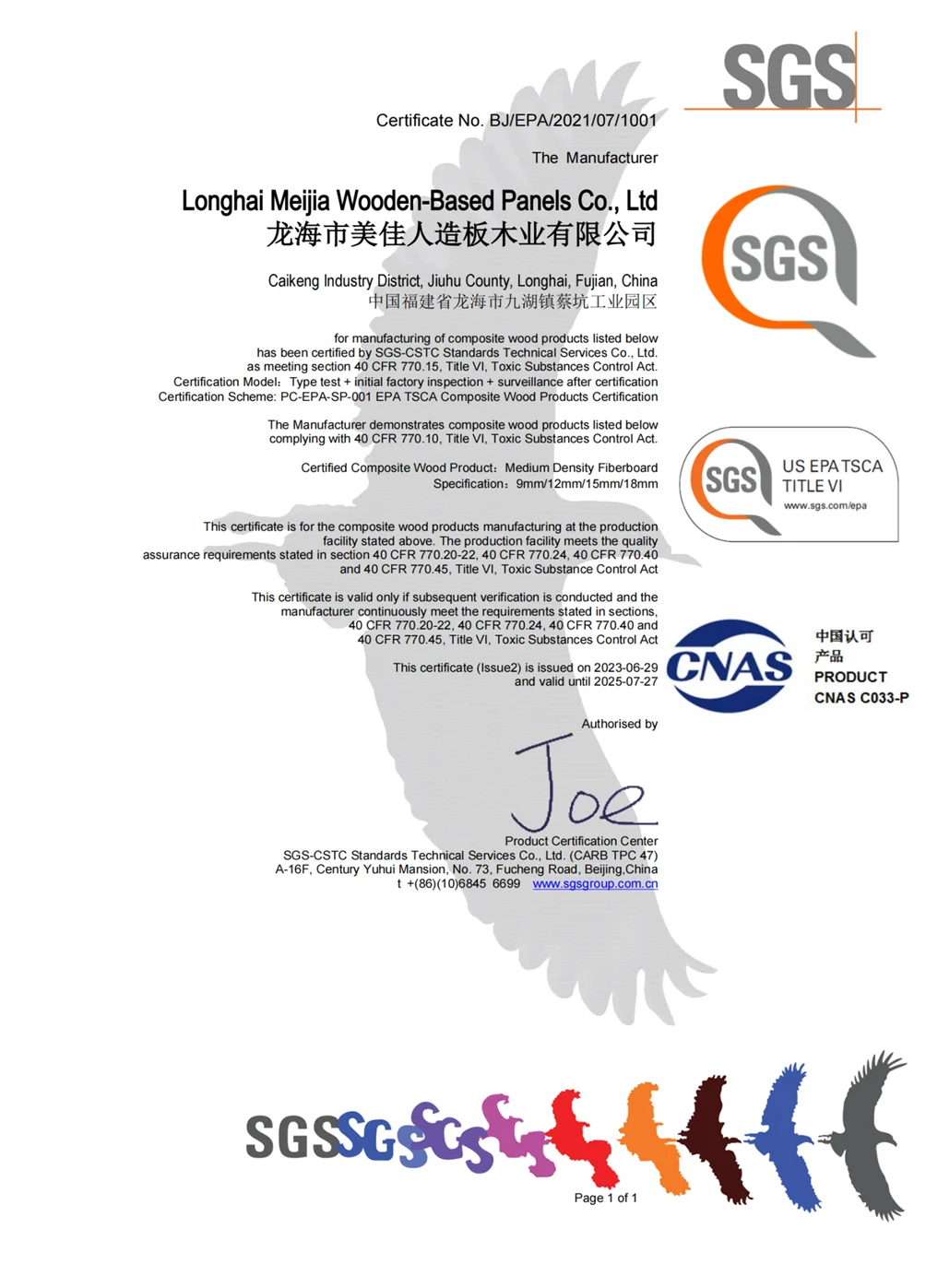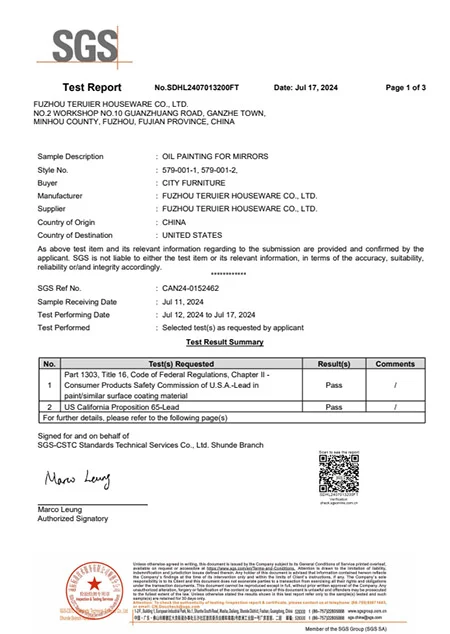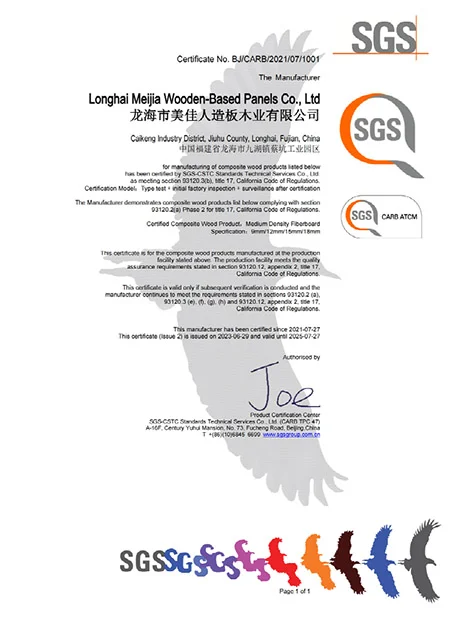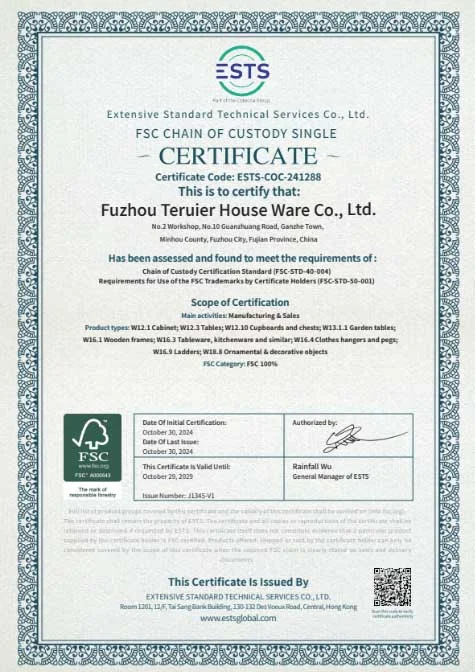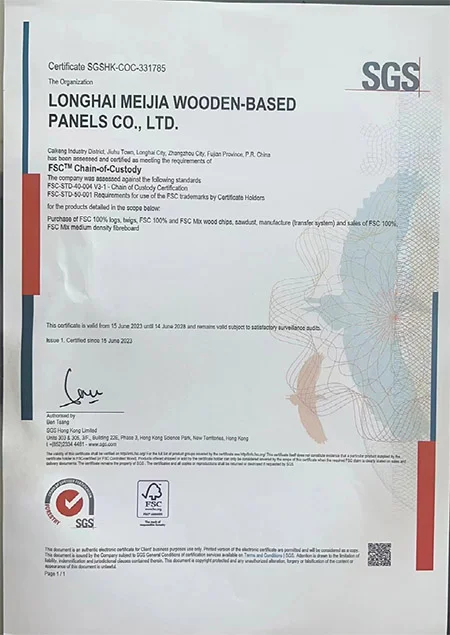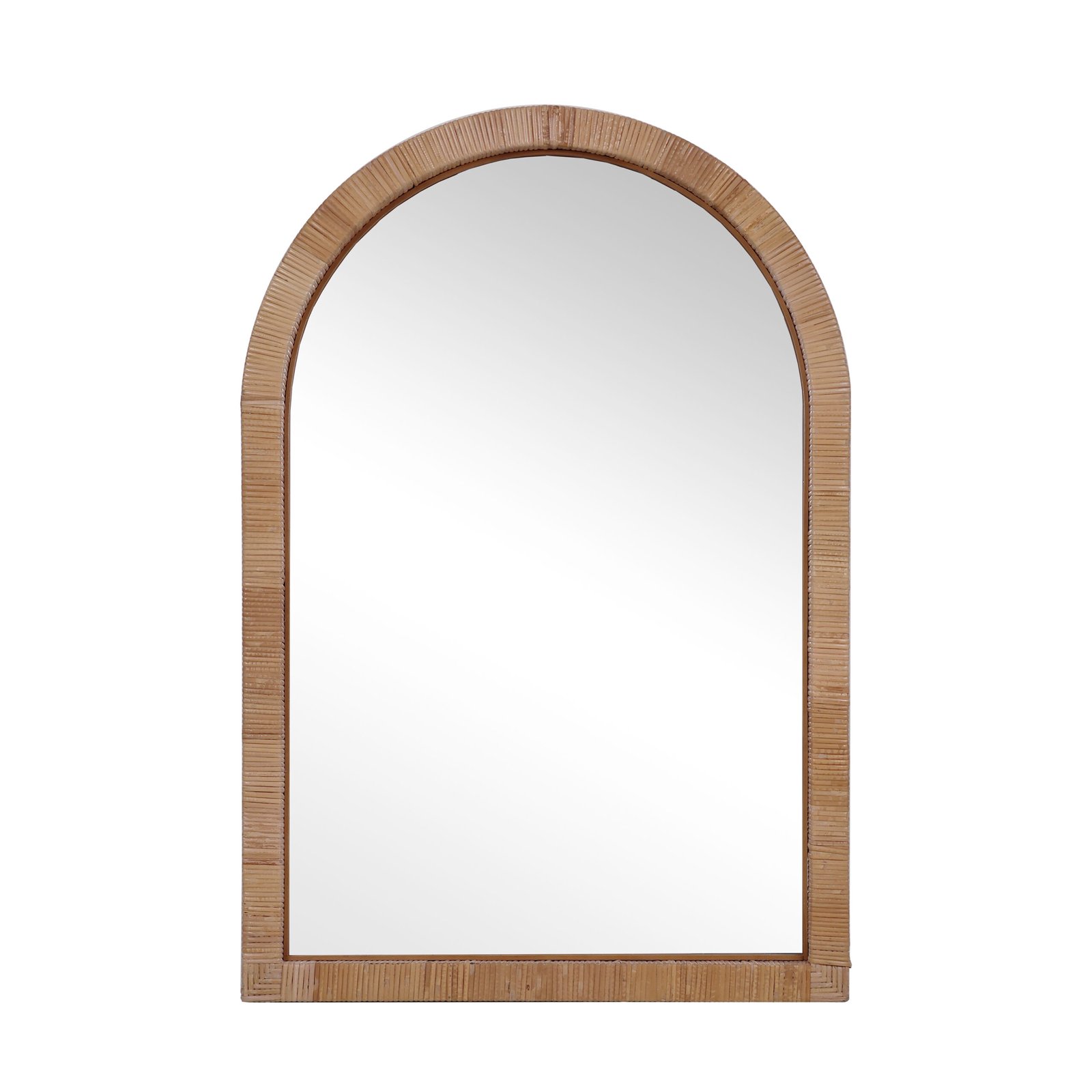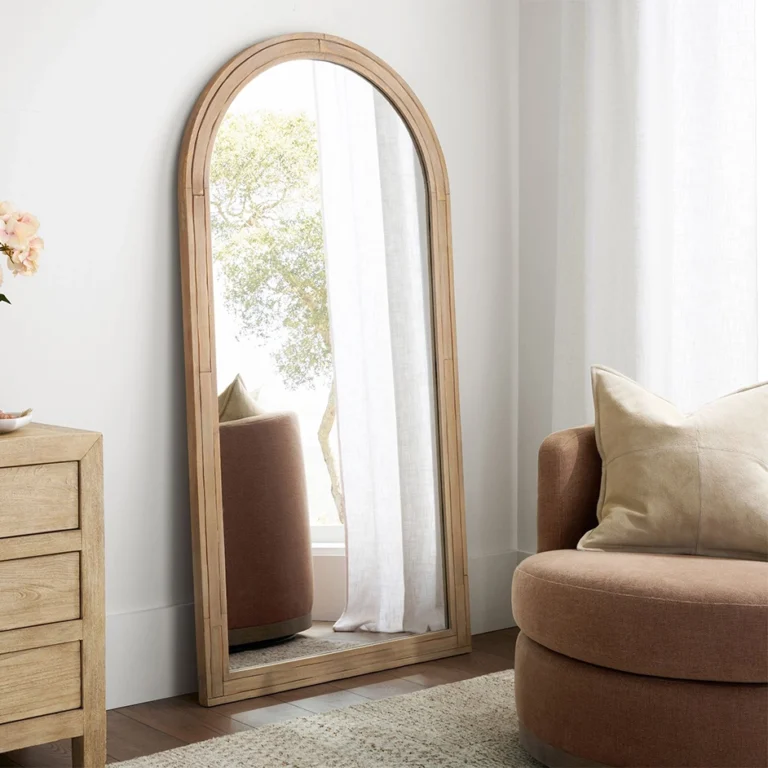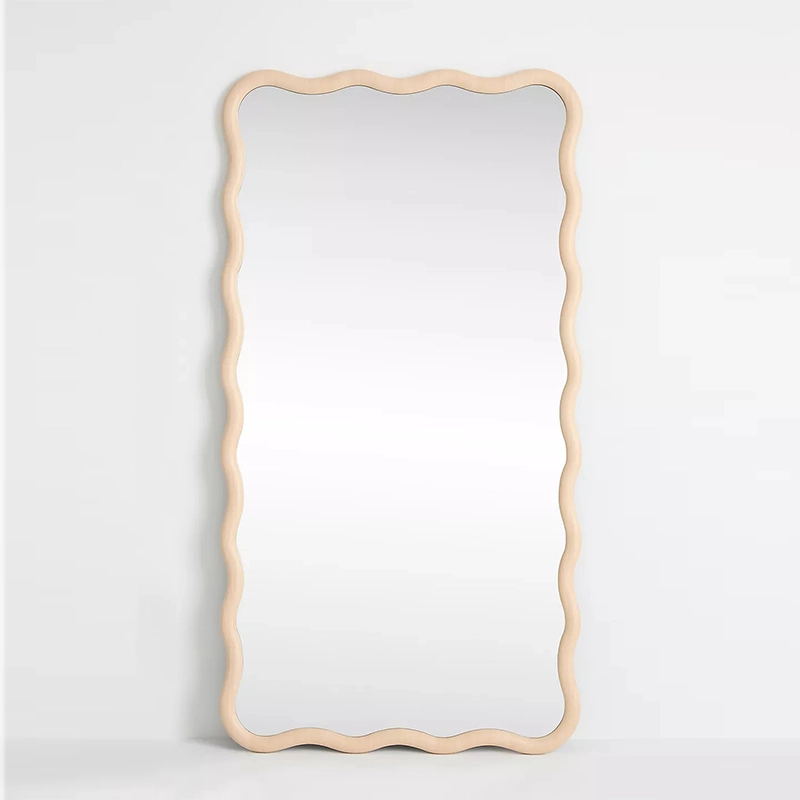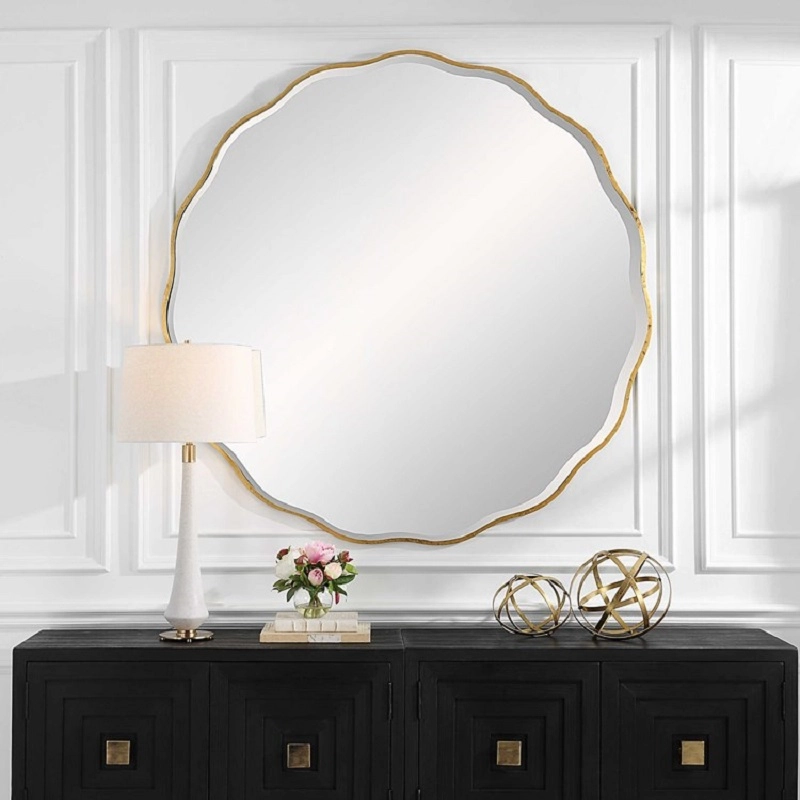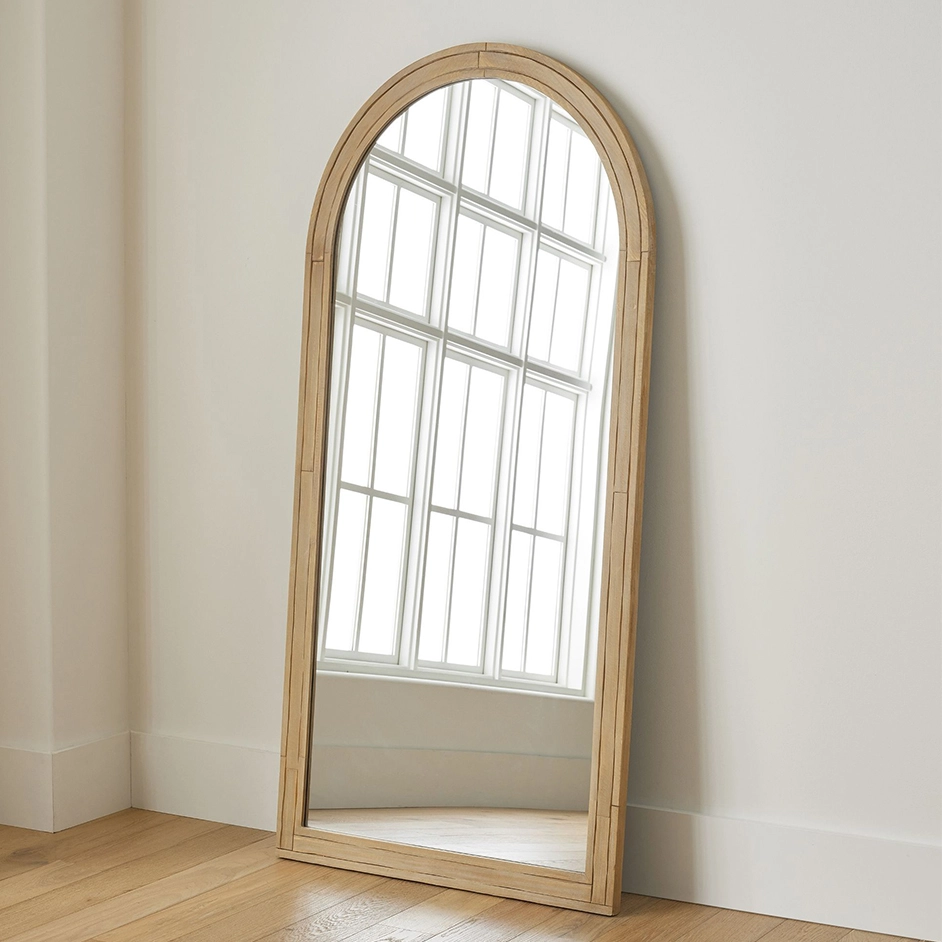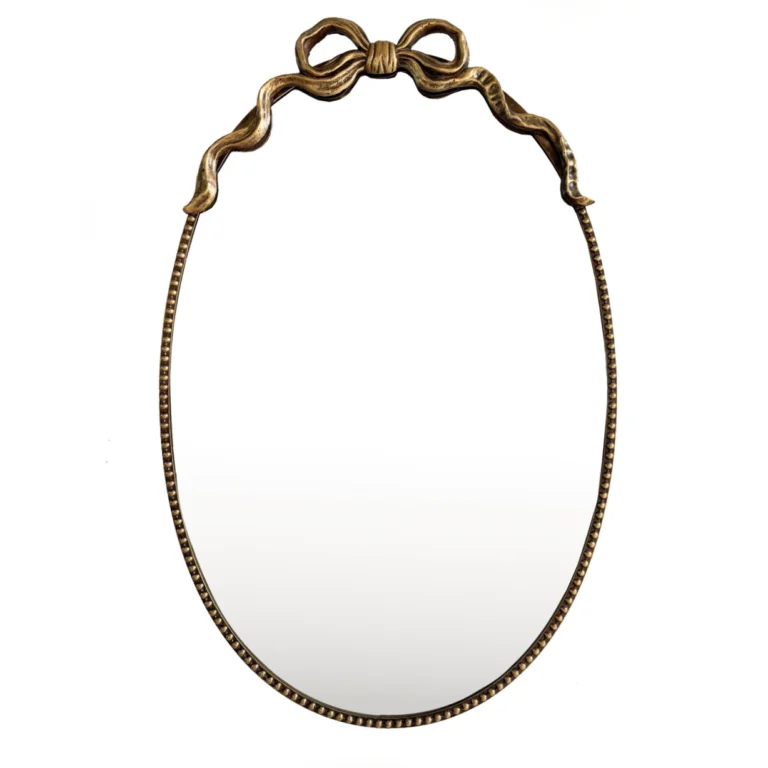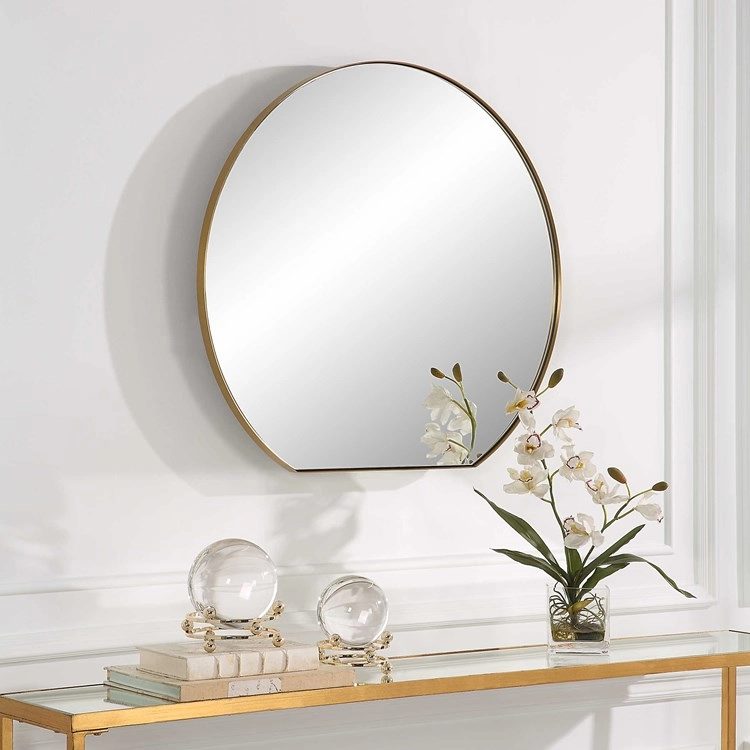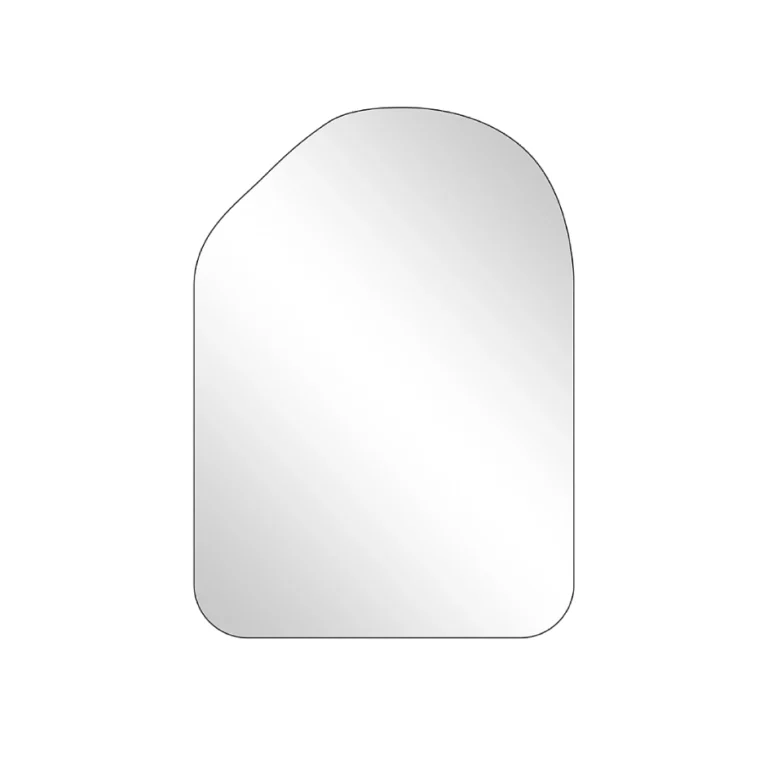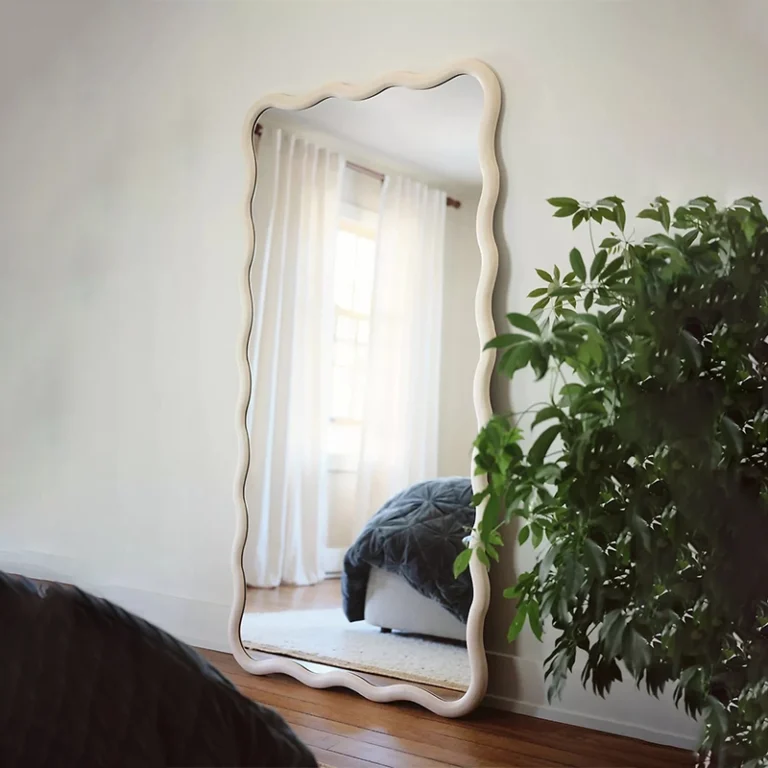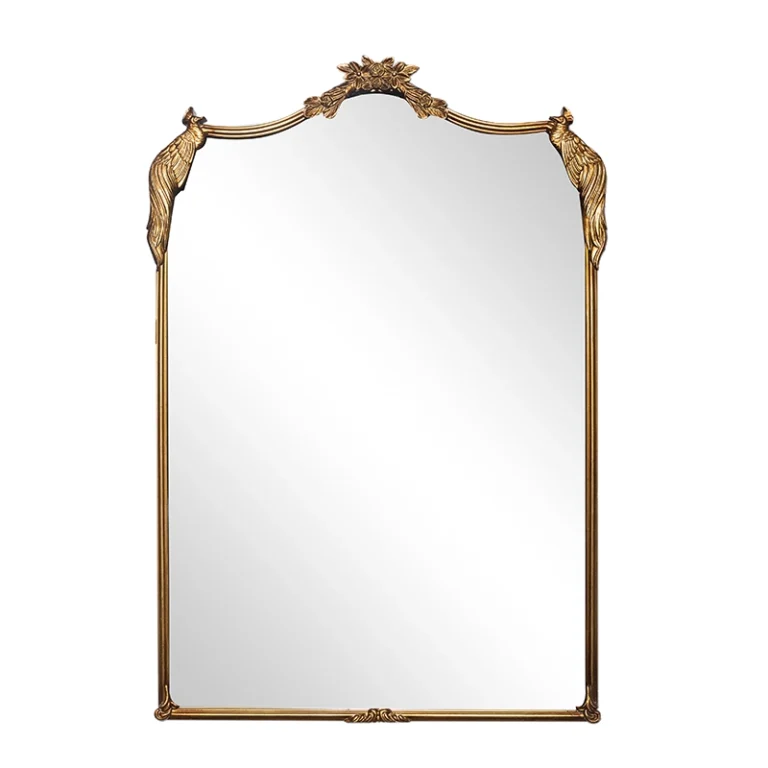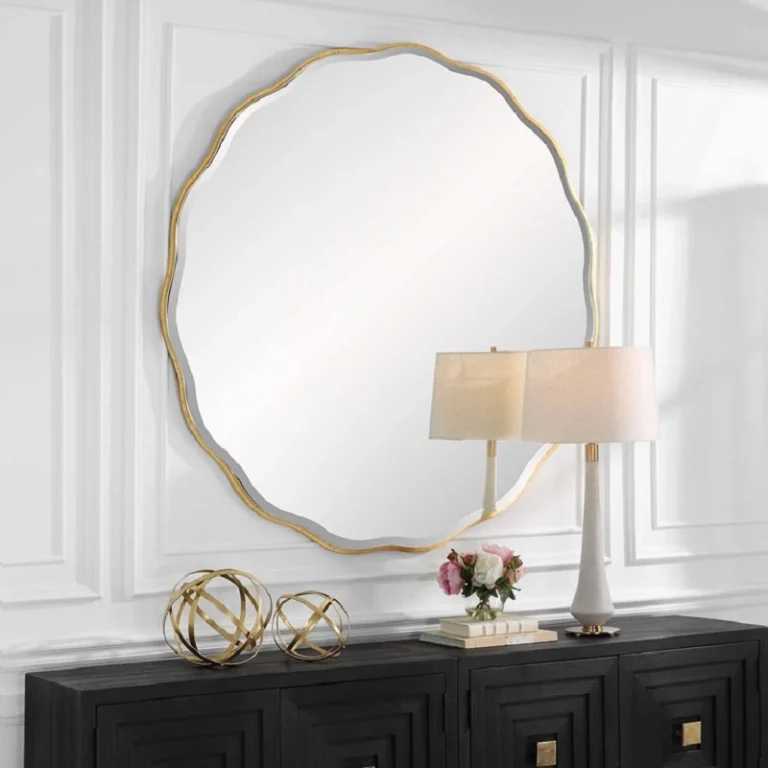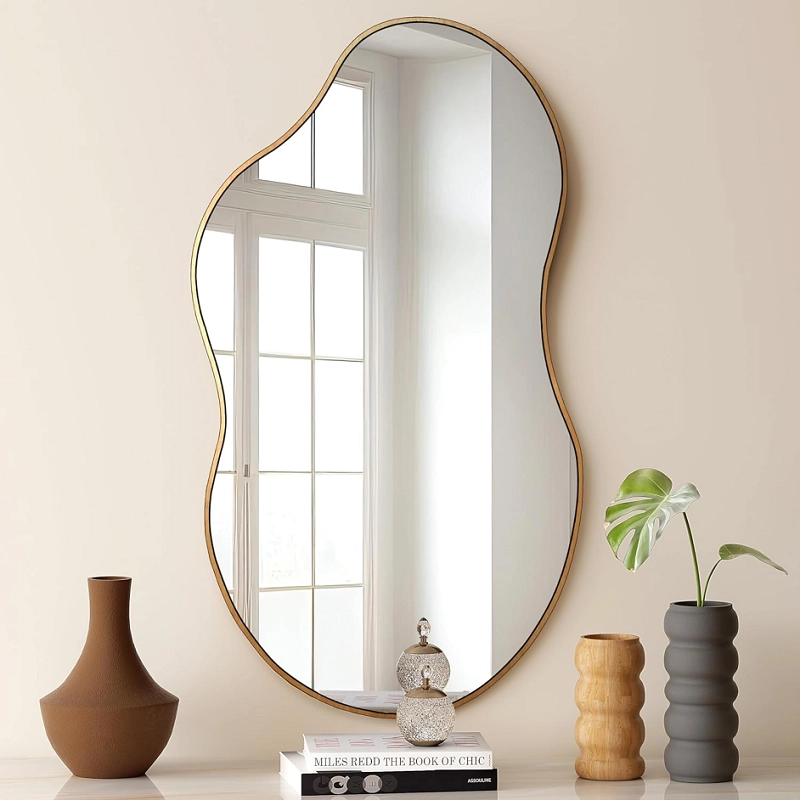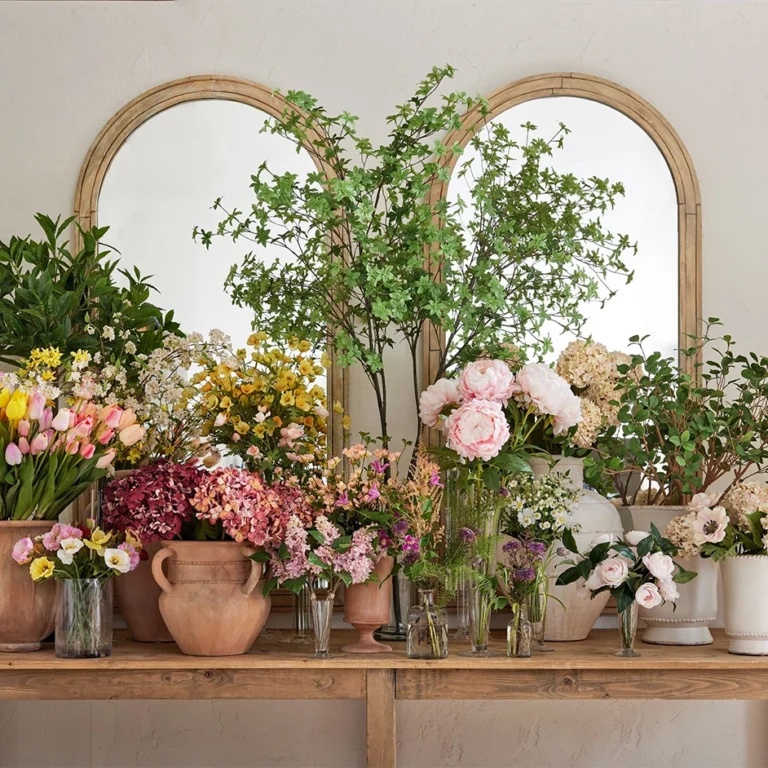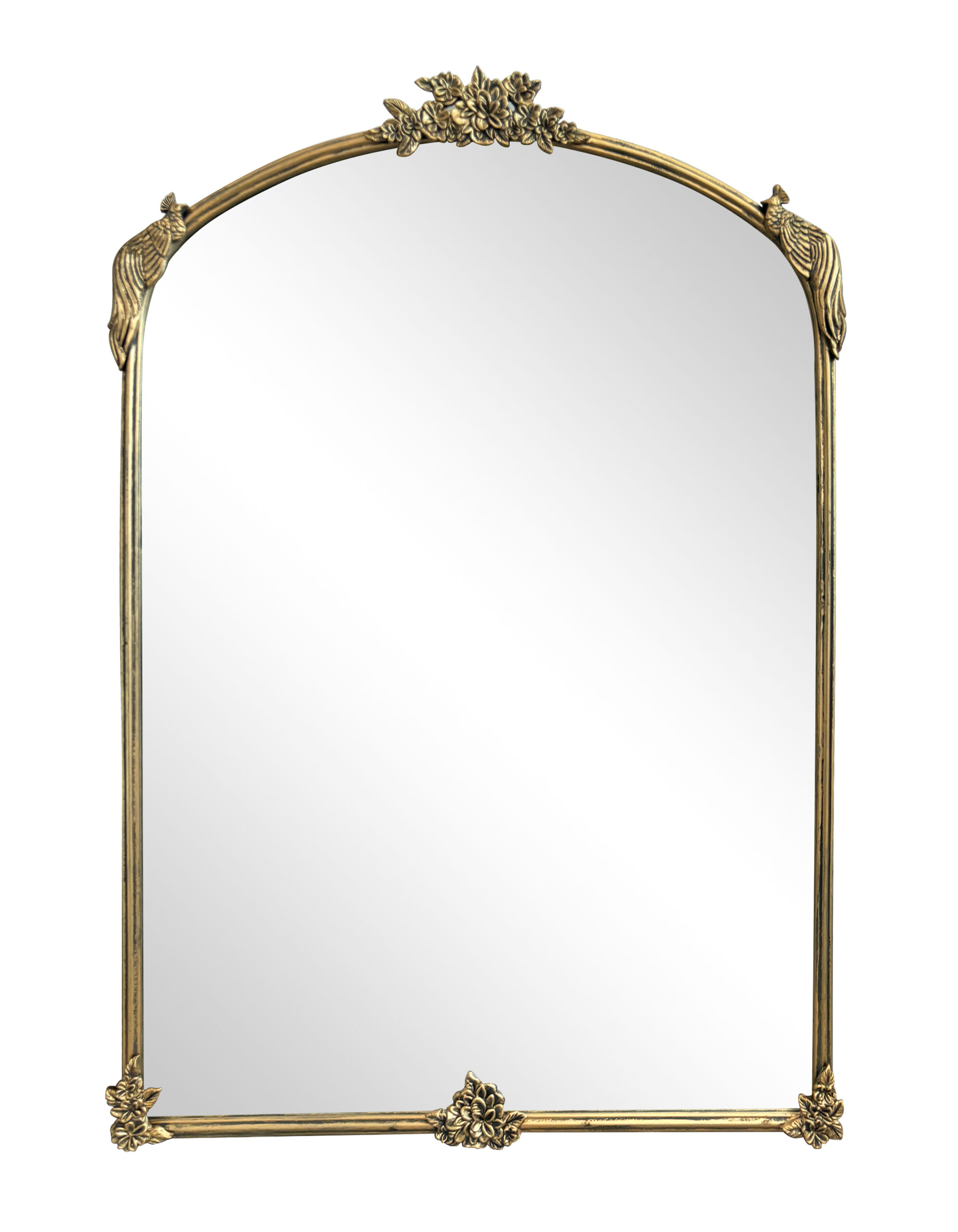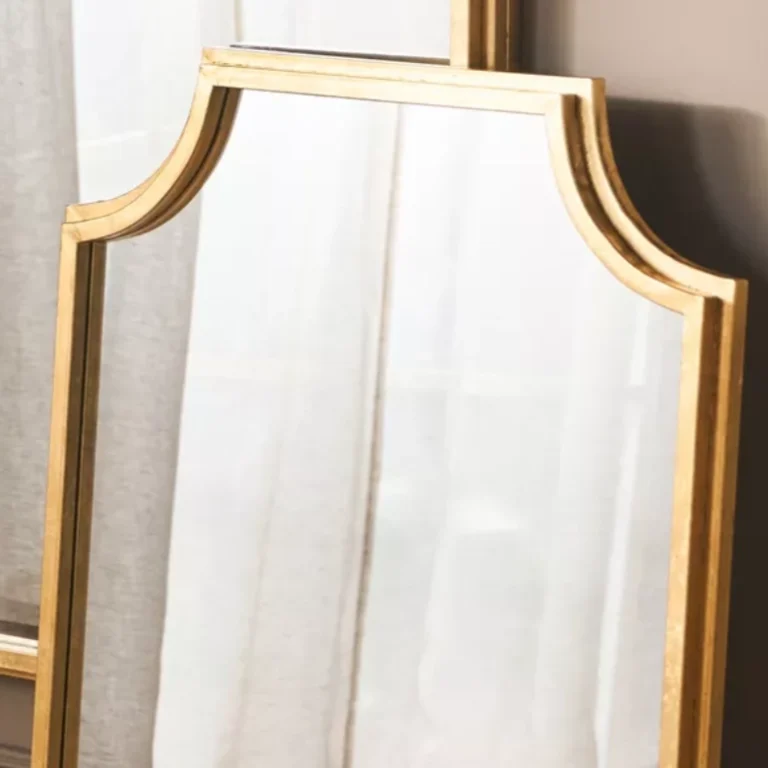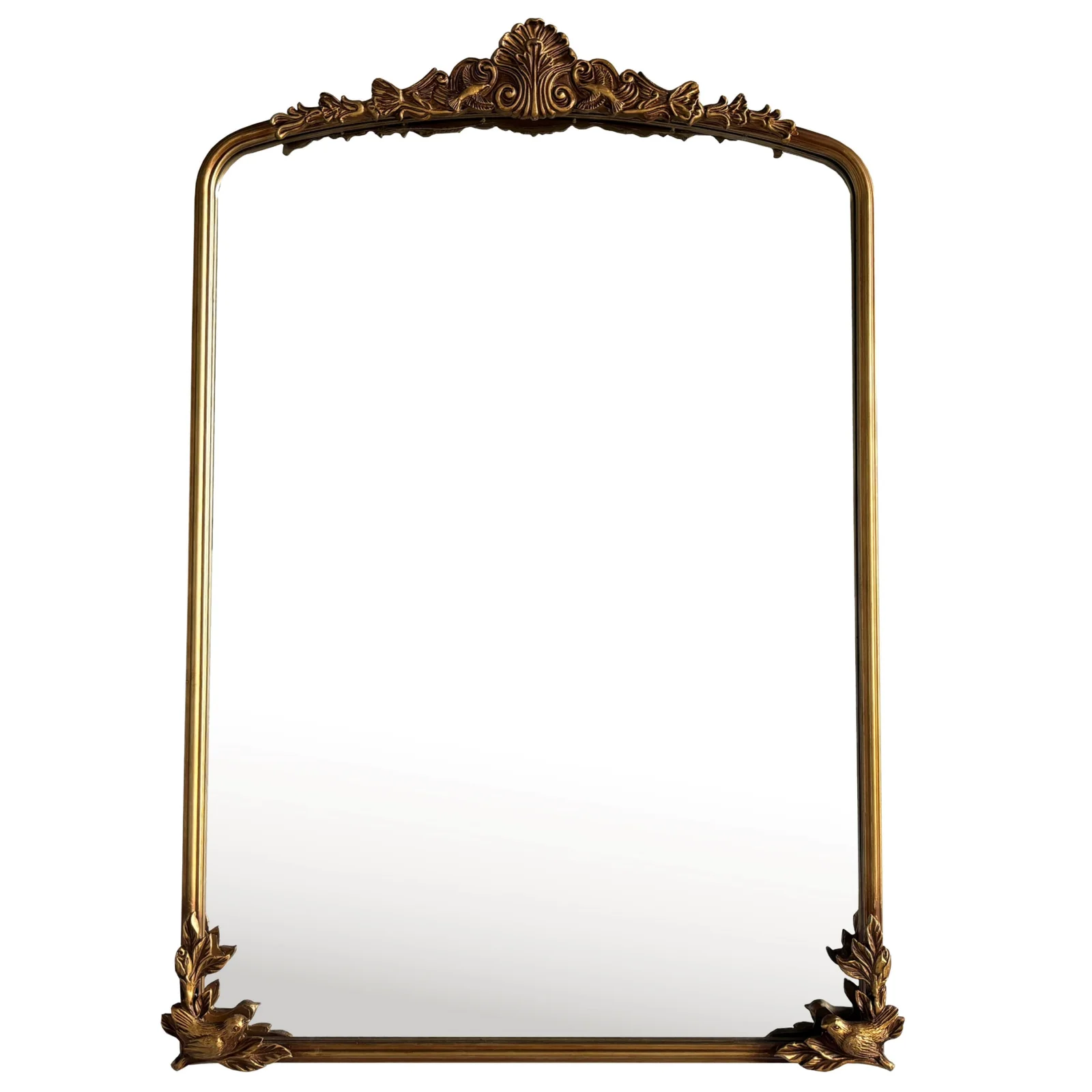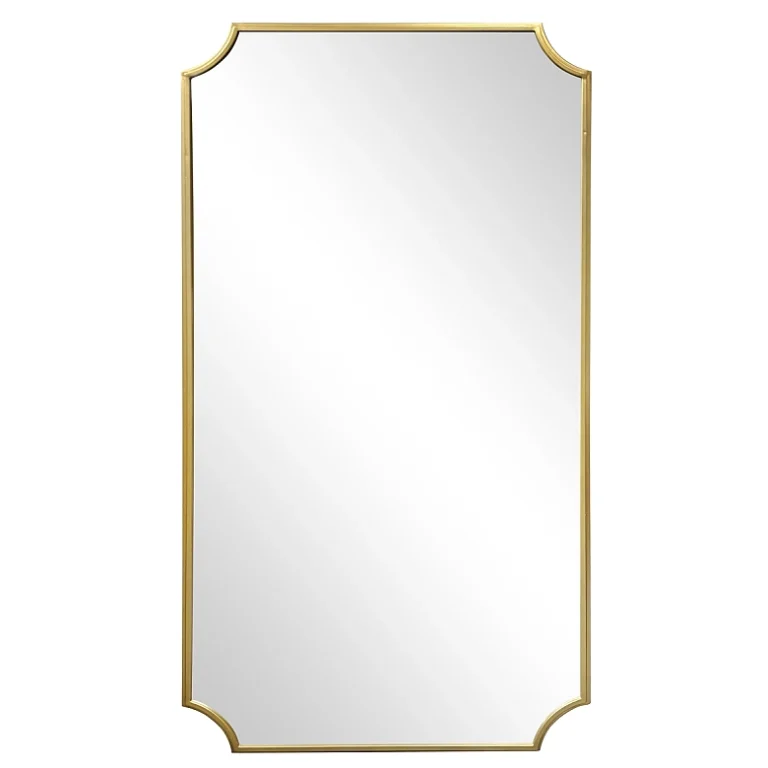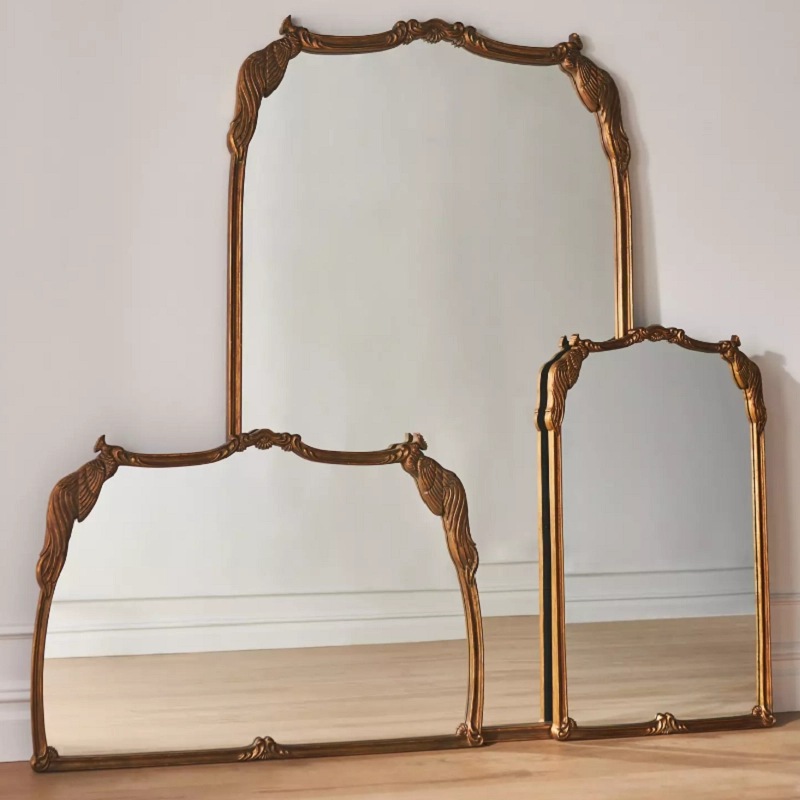teruiermirror
Customization Plan for European and American-Style Geometric Decorative Mirrors
Customization Plan for European and American-Style Geometric Decorative Mirrors
European and American-style geometric decorative mirrors are increasingly popular in modern home decor due to their unique design sensibility and artistic appeal. Depending on individual needs, a customization plan can be developed based on the following aspects:
-
Design Styles
-
Nordic Style: Features clean lines combined with natural elements, typically in cool tones like white and gray, emphasizing a bright and airy space.
-
Simplified European Style: Blends traditional European elegance with modern minimalism, offering a balance of classic and contemporary aesthetics.
-
Traditional European Style: Focuses on intricate details and a luxurious feel, often incorporating metallic frames (e.g., gold, silver) and elaborate carvings.
-
-
Shapes and Sizes
-
Geometric Shapes: Options include triangles, hexagons, octagons, or custom-designed geometric patterns arranged as a composition.
-
Custom Sizing: Mirrors can be tailored to various dimensions, from small decorative pieces to full-length mirrors, based on installation requirements.
-
-
Material Selection
-
Mirror Surface: High-quality glass mirrors are preferred for their clarity and ease of maintenance.
-
Frame Materials: Choices include wood, metal (e.g., brass, wrought iron), and MDF boards, each offering distinct visual and tactile qualities.
-
-
Surface Finishes
-
Frame Treatments: Techniques like spray painting, gold plating, or distressed finishes enhance aesthetics and personalization.
-
Special Effects: Processes such as frosted or etched glass can create unique textures or patterns on the mirror surface.
-
-
Application Scenarios
-
Living Room: Acts as a focal point on feature walls or above sofas to add depth and dimension.
-
Bedroom: Mounted on either side of the bed for both functionality and decorative appeal.
-
Dining Room: Enhances brightness and creates an illusion of spaciousness by reflecting light.
-
Hallway/Staircase: Ideal for elongated or narrow spaces, using linear or clustered small geometric mirrors to visually expand the area.
-
-
Additional Features
-
LED Lighting: Integrated LED strips provide both illumination and ambient mood lighting.
-
Smart Controls: For mirrors with lighting or electronic components, compatibility with smart home systems allows control via mobile apps or voice assistants.
-
In summary, when customizing European and American-style geometric decorative mirrors, it’s essential to consider the overall home environment and personal preferences. Every detail—from design and material selection to final placement—should be carefully evaluated to ensure the finished product meets both aesthetic and functional needs. Given the high level of craftsmanship required, it’s advisable to collaborate with experienced manufacturers for such projects.
Generally speaking, our order requirements are as follows: the minimum order quantity (MOQ) for large items is 50 pieces, for regular items it is 100 pieces, for small items it is 500 pieces, and for very small items (such as ceramic decorations) the MOQ is 1,000 pieces. Orders exceeding $100,000 will receive a 5% discount. The delivery timeline is determined based on the specific order quantity and production schedule. Typically, we are able to complete delivery within two months.

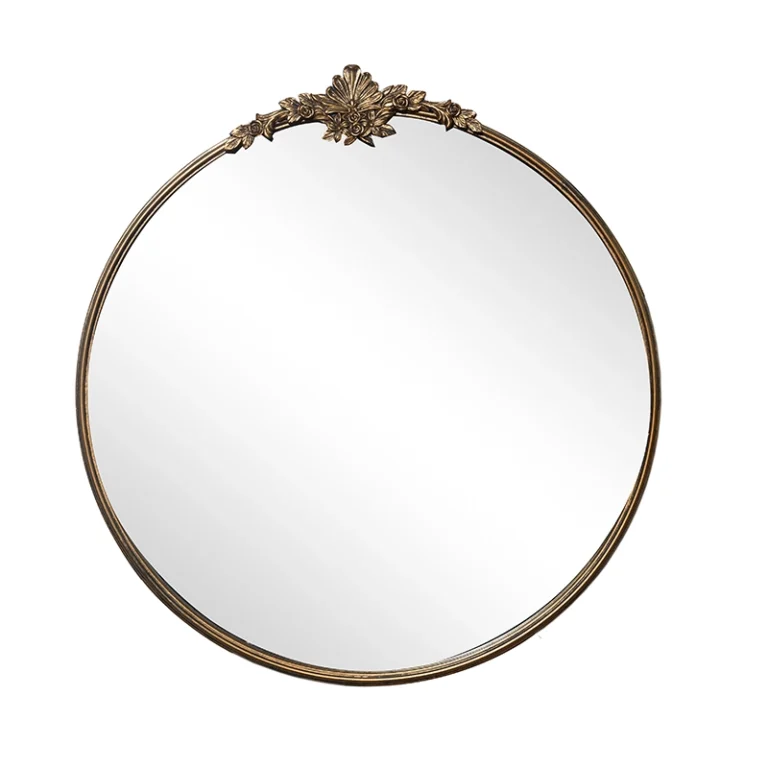

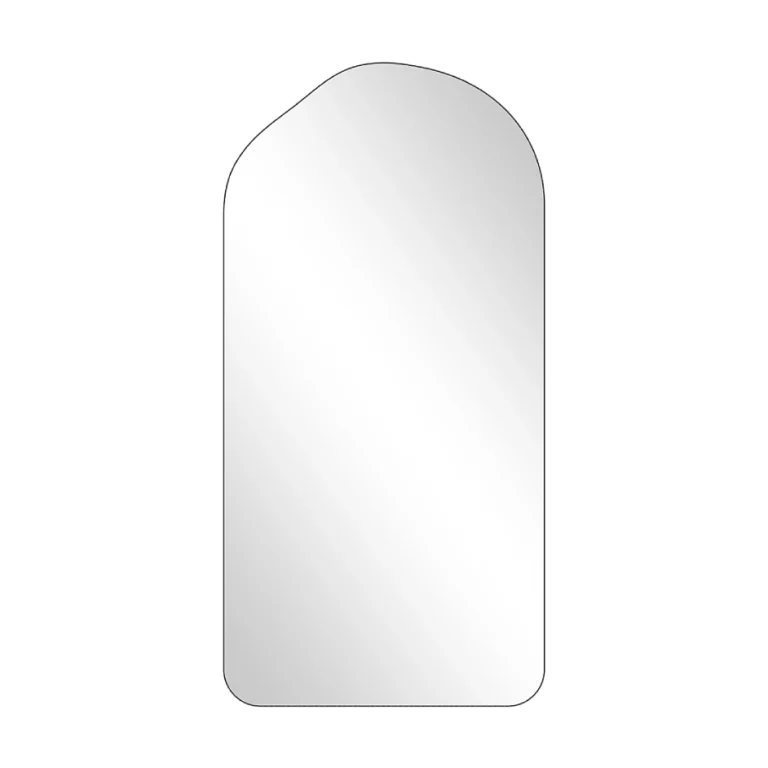
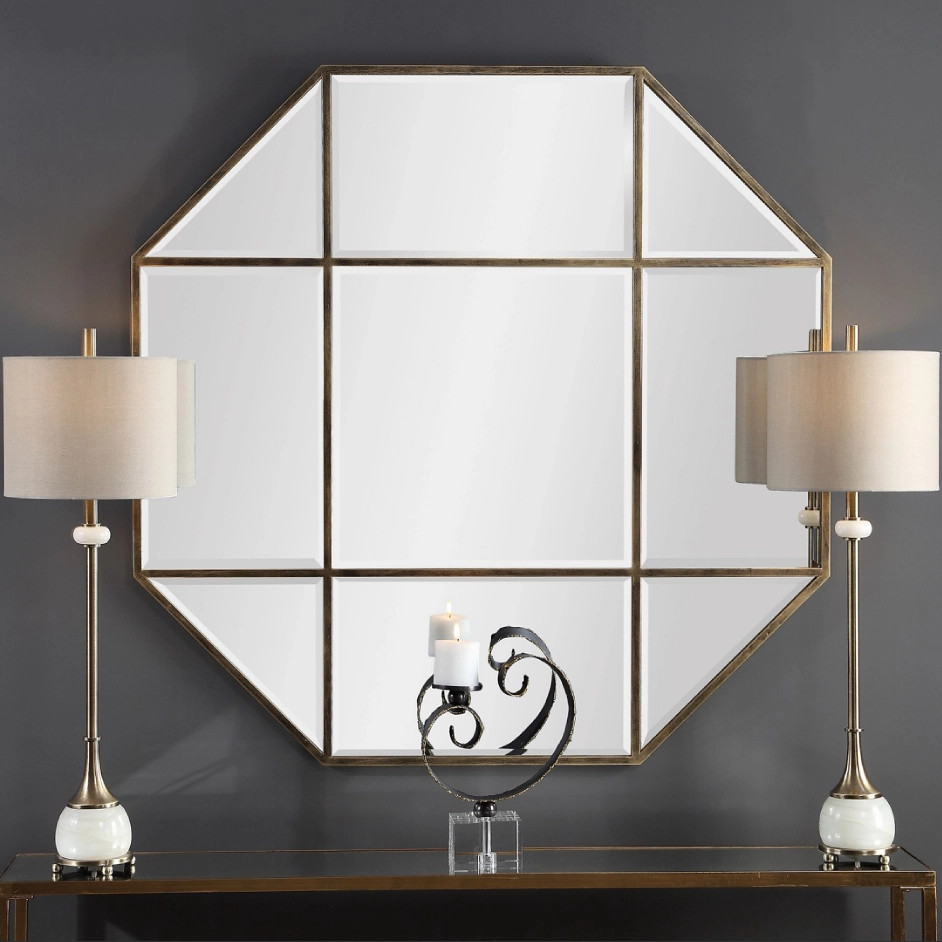
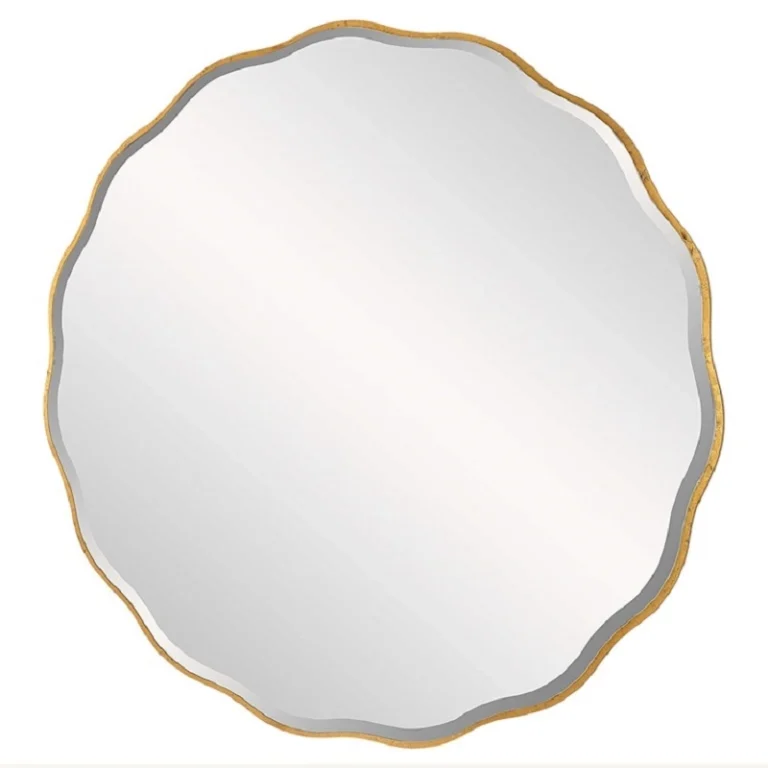
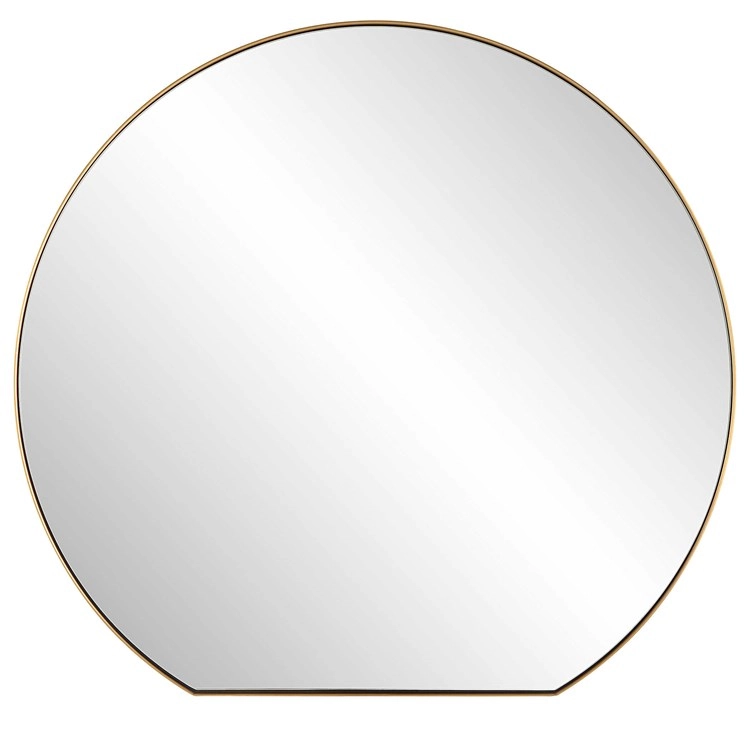
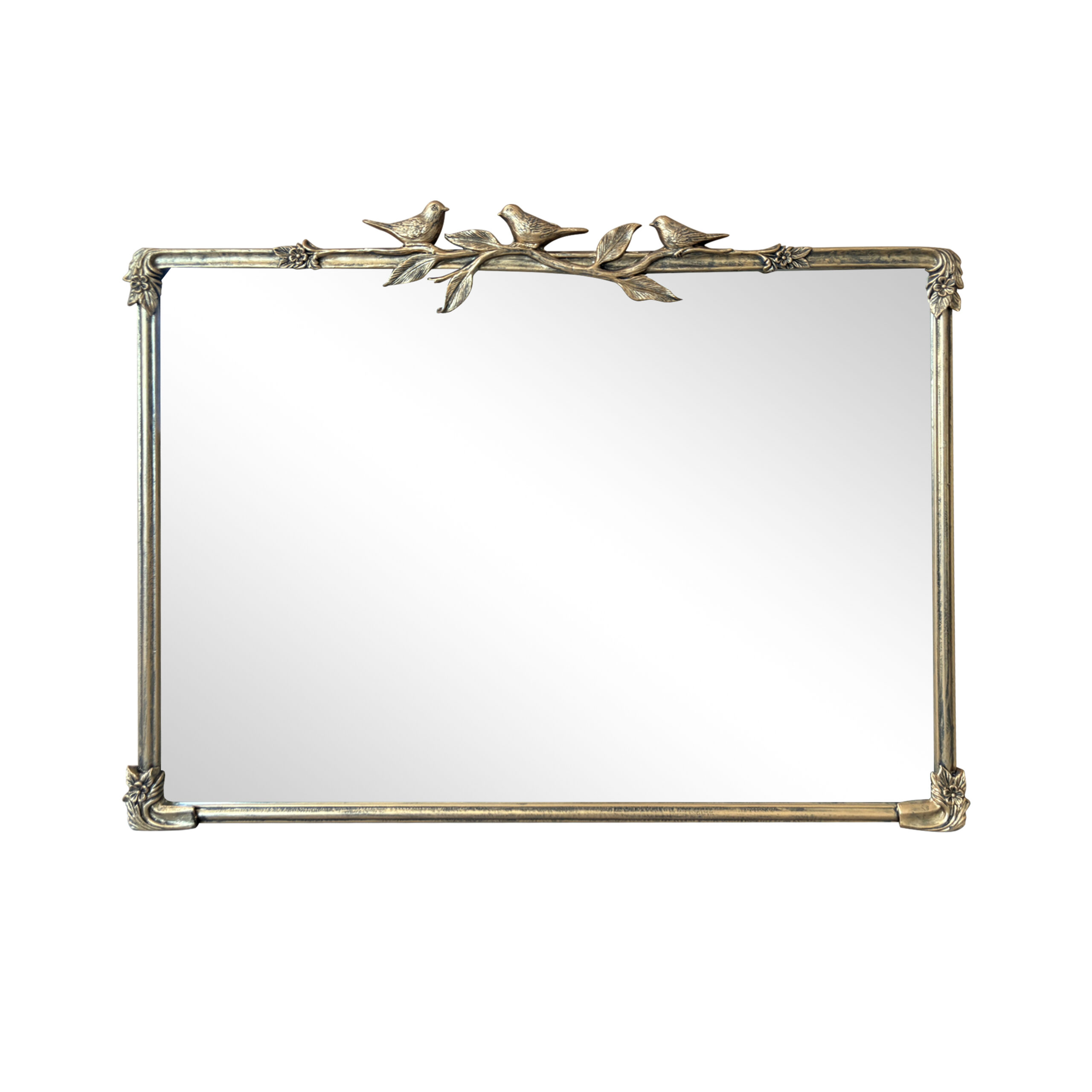
-scaled.jpg)

